
cd_nom
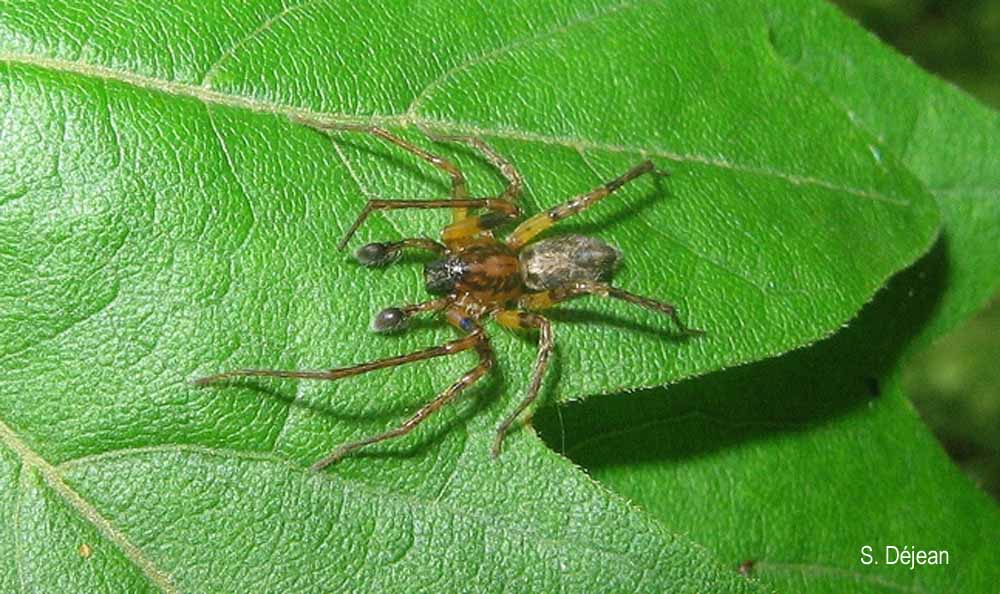
| Author : S. Déjean |
 |
To get the picture, please visit:
Sylvain Déjean
Biodiversité et gestion des territoires
Université de Rennes 1
SPN, Av du Gal leclerc
30042 Rennes Cedex
email: alain.canard@univ-rennes1.fr
Legend: lemboulas
Any reuse of one or more photographs on this site is subject to an authorization request from the author.
Link to the Code of Intellectual Property (Legifrance)
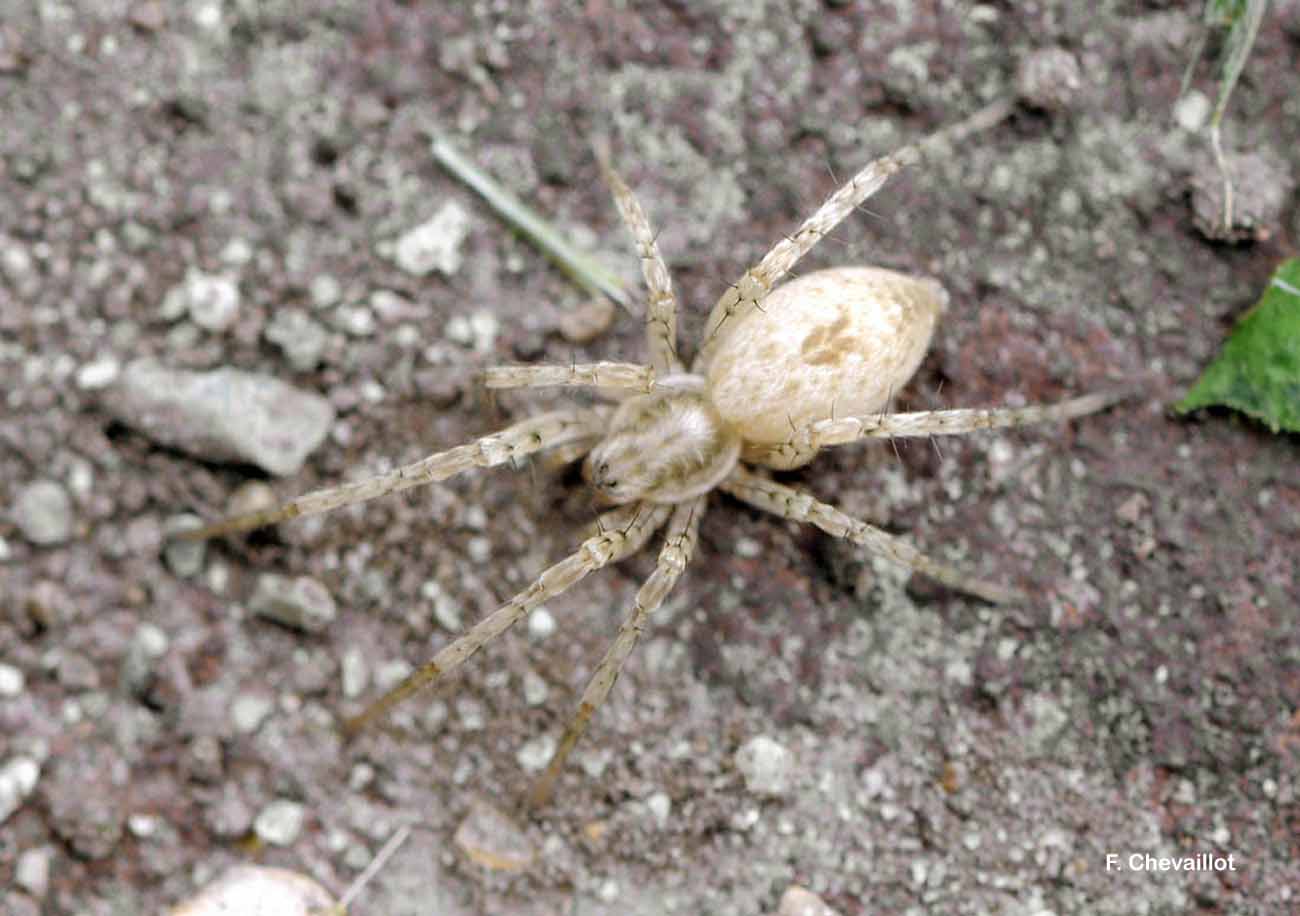
| Author : F. Chevaillot |
 |
To get the picture, please visit:
Fred CHEVAILLOT
Moulin de Castor
La Maynobe
12550 COUPIAC
06 51 19 18 32
09 88 28 31 26
www.insecte.org
email : fred.chevaillot@wanadoo.fr
Any reuse of one or more photographs on this site is subject to an authorization request from the author.
Link to the Code of Intellectual Property (Legifrance)
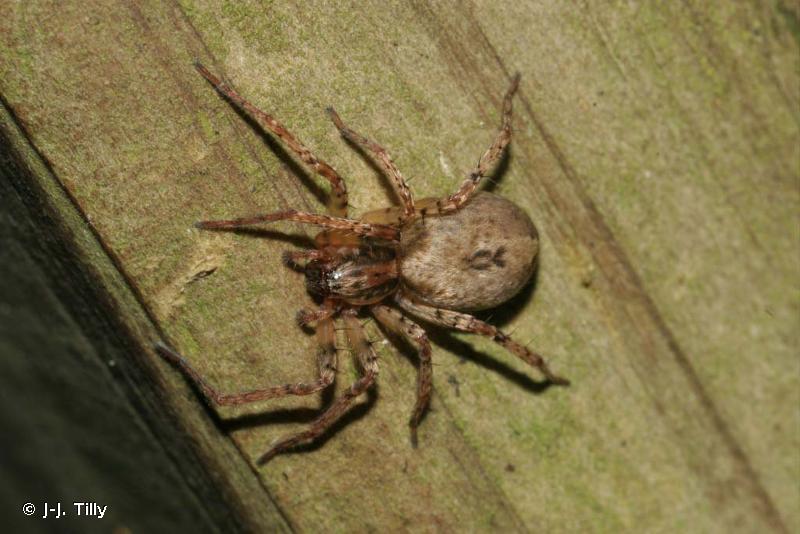
| Author : J-J. Tilly |
 |
To get the picture, please visit:
Jean-Jacques Tilly
Association française d'Arachnologie
http://asfra.fr/Site/Main_public.html
email : inpn@mnhn.fr
Any reuse of one or more photographs on this site is subject to an authorization request from the author.
Link to the Code of Intellectual Property (Legifrance)
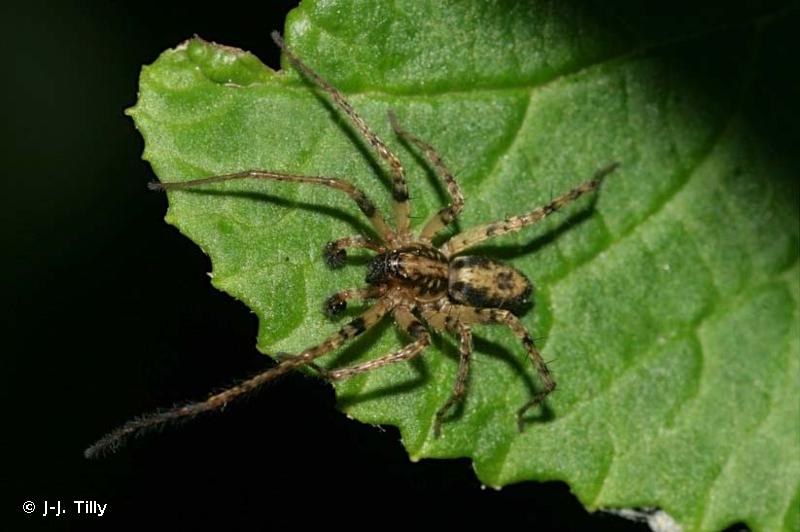
| Author : J-J. Tilly |
 |
To get the picture, please visit:
Jean-Jacques Tilly
Association française d'Arachnologie
http://asfra.fr/Site/Main_public.html
email : inpn@mnhn.fr
Any reuse of one or more photographs on this site is subject to an authorization request from the author.
Link to the Code of Intellectual Property (Legifrance)
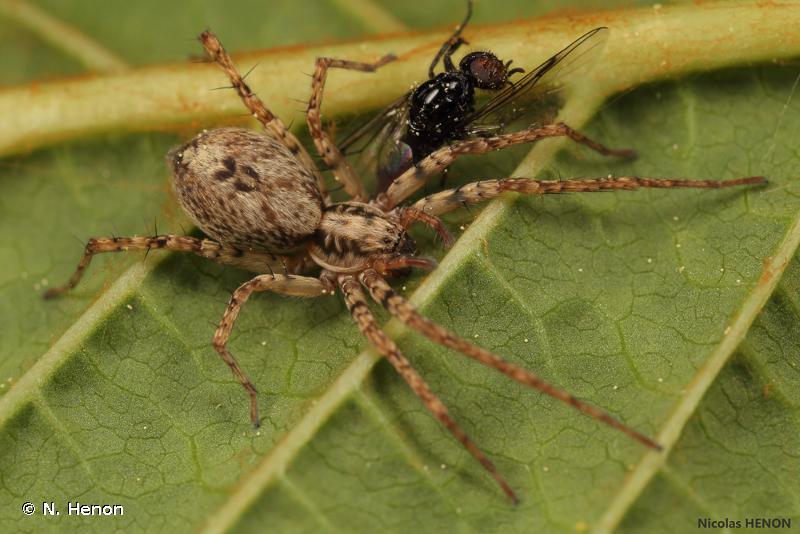
| Author : N. Henon |
 |
To get the picture, please visit:
Despite the Creative Commons license, please inform the author of the use which will be made of his photo

| Author : S. Lecigne |
 |
To get the picture, please visit:
Sylvain Lecigne
inpn@mnhn.fr
Despite the Creative Commons license, please inform the author of the use which will be made of his photo
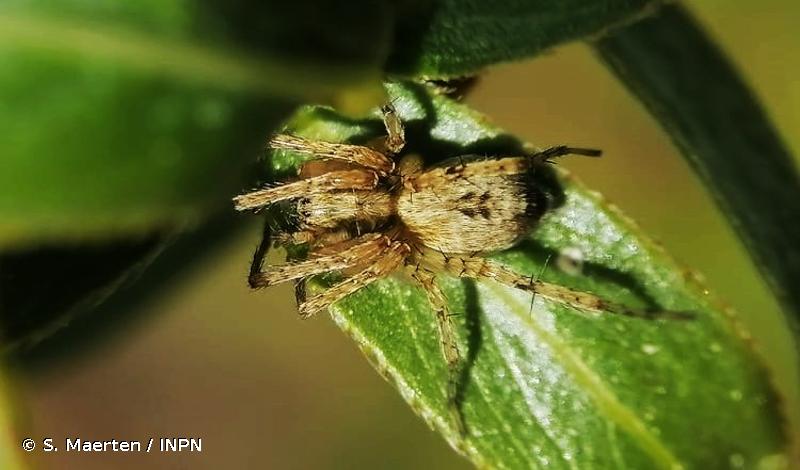
| Author : S. Maerten / INPN |
 |
To get the picture, please visit:
Sandrine Maerten
inpn@mnhn.fr
Despite the Creative Commons license, please inform the author of the use which will be made of his photo

| Author : S. Maerten / INPN |
 |
To get the picture, please visit:
Sandrine Maerten
inpn@mnhn.fr
Legend: mâle
Despite the Creative Commons license, please inform the author of the use which will be made of his photo
Distribution mondiale
Toute l'Europe, le Moyen-Orient, l'Asie septentrionale
Caractères distinctifs, espèces
Taille - femelle : 5-8 mm, mâle : 4-7 mm.
La femelle est gris-jaunâtre, le mâle est en général plus foncé. Le genre est facilement reconnaissable par ses taches abdominales sombres sur un fond clair. Les quatre taches constituent un dessin en double chevron. Le genre comprend quatre espèces en France, A. accentuata en est la plus commune, la seule au Nord. Elle possède aussi les taches abdominales les plus nettes mais l'observation des pièces génitales est plus sûre pour pouvoir les distinguer.
Milieux colonisés
Cette espèce se rencontre dans la végétation haute de jardins, de haies, de bois et de forêts
Chasse
La chasse est nocturne avec un maximum d'activité en fin de journée-début de nuit. Pendant son activité, elle peut parcourir plus de 100 m sur les branches et rameaux des arbres et des arbustes. Elle ne tisse pas de loge de repos, mais en tisse une pour la mue.
Développement, cycle
Les mâles sont présents d'avril à juin, les femelles d'avril à septembre. Le cycle est annuel.
Le mâle effectue une parade en face de la femelle : il vibre des pattes et tambourine avec son abdomen sur une feuille. Cette parade, particulièrement spectaculaire, est audible pour l'homme. En juin-juillet, la femelle recourbe des feuilles qu'elle attache avec de la soie, construisant ainsi une cellule plus ou moins soyeuse dans laquelle l'araignée pond. La femelle garde sa ponte jusqu'à la sortie des jeunes. Au cours de l'hiver, les jeunes peuvent être trouvés cachés dans la litière.
A. Canard(Université de Rennes/Service du Patrimoine Naturel, MNHN),2014
Continental
Metropolitan France
Overseas
Marine
Metropolitan France
Overseas
The map presents a summary at the 10 x 10 km grid of the observation data for the species transmitted to the SINP. These data have been subjected to validation filters.
The map presents a reference distribution layer of the species at the scale of departments and marine sectors. The presence and absence data were established by expertise within a network of partners. This reference distribution is used in the validation process of the SINP data at the INPN level.
Corresponds to a report on the basis of at least one observation proved within a period of 10 years (20 years for little-known invertebrates) preceding the year and no presumption of extinction since obtaining the last data nor doubt on reproductive and implemented nature of this population. For migratory species, the presence indicated concerns areas of reproduction.
This status is based on one or more of the following criteria:
This point covers the absence, more difficult by nature to demonstrate than presence. This status is based on one or more of the following criteria:
This status must be assigned to a department in which the presence of the species is casual.
Particular case of absence due to a proven extinction less than a half century ago (older disappearances are treated as "no probable or definite").
In the state of knowledge, we can not comment on the presence or absence in the current department. This is the default status when not comprised in one of the previous categories or whenever there is doubt.
The map shows the global distribution of the species based on GBIF data (Global Biodiversity Information Facility).
